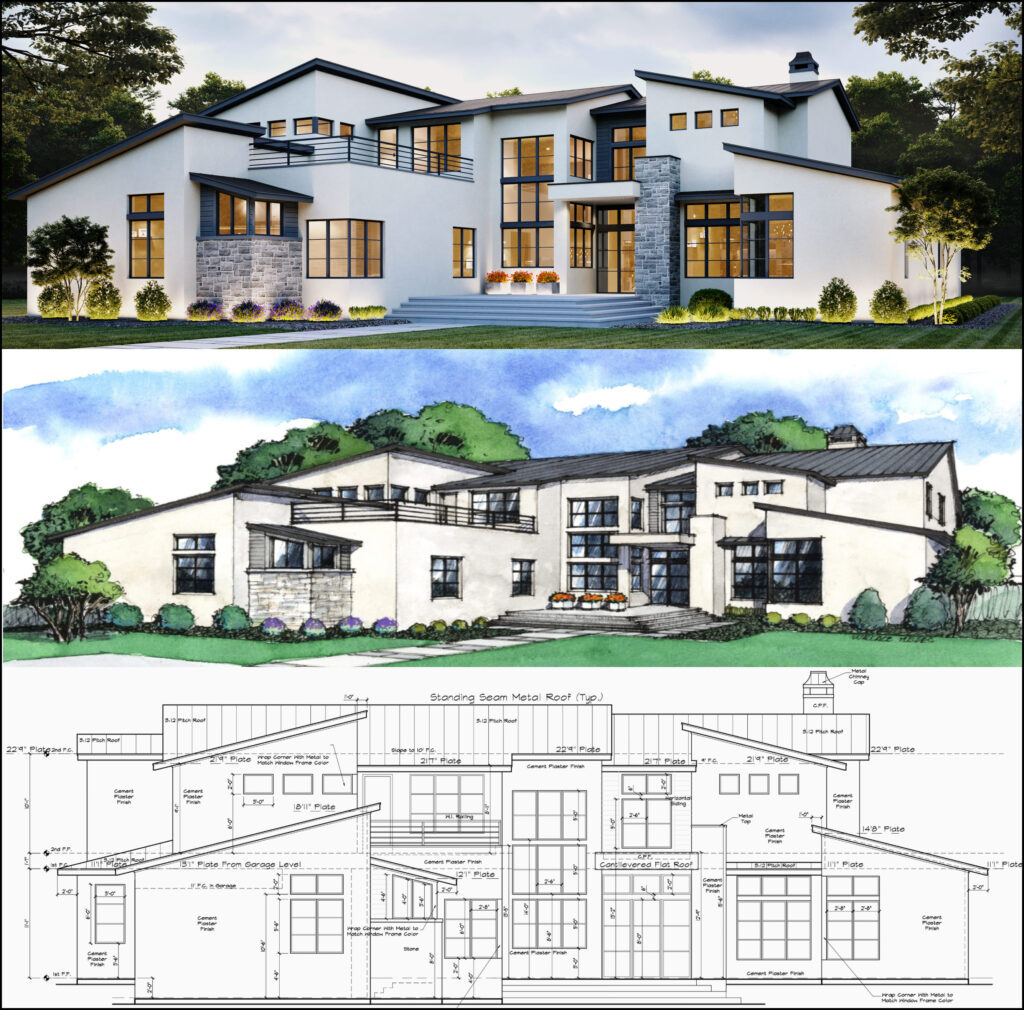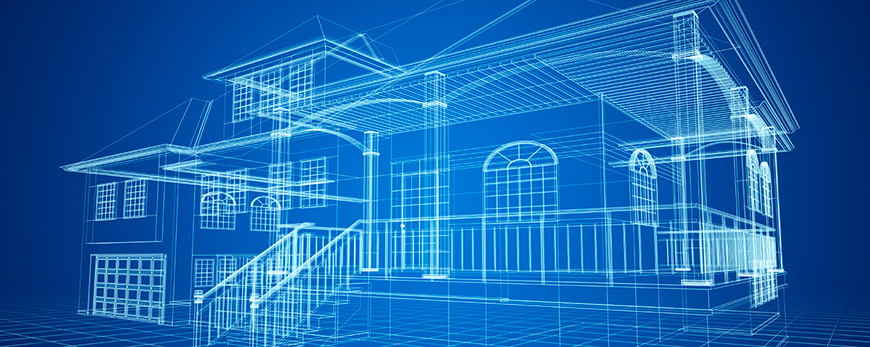The Influence of Technical Innovations on the Design Practices of Contemporary Architects
The quick advancement of technological tools has actually significantly reshaped the style landscape for contemporary architects, cultivating unprecedented levels of development and sustainability. The integration of Building Information Modeling (BIM), parametric layout, and fabricated knowledge has not just structured collaboration amongst diverse teams however also redefined project implementation. As architects welcome these innovations, they are confronted with intricate challenges that might impact their innovative procedures. Checking out these dynamics discloses a nuanced interplay in between modern technology and standard design techniques, triggering a more detailed exam of what the future holds for architectural methods.
Advancement of Architectural Equipment
Just how have building tools changed the design and building and construction procedures over the centuries? The evolution of building tools has dramatically affected the efficiency, accuracy, and imagination of style and construction.
With the introduction of the Renaissance, the intro of the compass and the protractor marked a pivotal shift. These tools enabled designers to attain higher precision in their styles, promoting the emergence of even more detailed and proportionate structures. The Industrial Change additionally changed building practice with the intro of mechanical devices and products, permitting bigger and extra enthusiastic tasks.
In the 20th century, the growth of computer-aided style (CAD) software application changed the landscape once more, supplying engineers with unmatched capabilities in modeling and visualization. Today, advanced tools such as Structure Information Modeling (BIM) and parametric style software program remain to push the limits of architectural advancement, allowing a more integrated approach to design and building procedures.
Enhanced Partnership in Layout
As innovation remains to develop, enhanced collaboration in layout has actually become a keystone of modern architectural technique. The integration of digital devices such as Building Info Modeling (BIM), cloud-based platforms, and advanced visualization software has changed the means architects, engineers, and stakeholders engage throughout the layout process. These devices promote real-time communication, enabling groups to share concepts, modifications, and feedback quickly, no matter of geographical place.

In addition, interdisciplinary cooperation has been structured with these technological improvements, allowing architects to function a lot more closely with other experts, such as urban organizers and ecological specialists. The outcome is a much more cohesive strategy to create that takes into consideration various viewpoints and experience. Eventually, enhanced cooperation in style is not just a pattern; it is necessary for producing ingenious, functional, and visually pleasing architecture in a significantly complex globe.
Sustainability With Innovation
Sustainability in architecture has actually increasingly ended up being linked with technical innovation, driving the market toward eco responsible practices - cda architects. Contemporary designers are leveraging innovative technologies to reduce environmental effect while improving the performance of buildings. One famous instance is the usage of Structure Information Modeling (BIM), which allows for accurate preparation and resource appropriation, reducing waste during building and promoting energy effectiveness throughout a structure's lifecycle
Additionally, clever materials and energy-efficient systems are being incorporated right into layouts to maximize source use. Technologies such as photovoltaic or pv cells and green roof harness eco-friendly power sources, contributing to decreased carbon footprints. Additionally, the application of expert system in design procedures makes it possible for engineers to mimic and analyze power intake, directing choices toward more lasting outcomes.
The integration of lasting modern technologies not just lines up with worldwide environmental objectives yet also satisfies a raising demand from consumers for environment-friendly remedies. As architects embrace these innovations, the emphasis moves towards developing rooms that are not only visually pleasing yet likewise functionally lasting, thus redefining the standards of modern-day design. This way, technology works as a catalyst for sustainability, allowing engineers to design structures that respect and boost the natural setting.
Difficulties in Execution
While technical developments in architecture hold excellent guarantee for boosting sustainability, their application usually comes across significant obstacles - cda architects. One main obstacle is the high learning contour associated with brand-new technologies. Designers and construction specialists may my blog require considerable training to successfully make use of advanced software application and devices, which can delay job timelines and increase expenses
Additionally, the assimilation of arising technologies, such as Building Details Modeling (BIM) and sustainable materials, often requires cooperation across multidisciplinary groups. This collaboration can be hindered by distinctions in know-how, workflows, and communication styles, bring about potential disputes and inadequacies.
Financial constraints additionally make complex the More Info fostering of innovative innovations. Lots of architectural firms, specifically smaller ones, may do not have the sources to buy cutting-edge tools, limiting their ability to take on larger firms that can manage such financial investments.
In addition, regulatory frameworks and building regulations might not equal technical innovations, developing obscurity and possible conformity concerns. This difficulty can prevent designers from completely accepting new technologies, as the risk of non-compliance may outweigh the advantages. Therefore, addressing these implementation obstacles is essential for the successful integration of technical innovations in modern building techniques.
Future Patterns in Design
The challenges associated with the application of brand-new innovations in architecture have actually triggered a reevaluation of future trends within the sector. As designers navigate concerns such as sustainability, urbanization, and social equity, they are progressively embracing innovative modern technologies to enhance design performance and environmental efficiency.
One famous pattern is the assimilation of expert system (AI) in the layout procedure. AI tools can examine large datasets to educate style choices, improving both creative thinking and performance. Structure Information Modeling (BIM) proceeds to develop, making it possible for real-time collaboration amongst stakeholders and promoting streamlined task administration.
Lasting style techniques are likewise getting momentum, with engineers focusing on flexible reuse More about the author and regenerative layout principles that lessen source consumption and waste. The unification of smart materials and eco-friendly energy sources will additionally boost the resilience of buildings despite environment adjustment.

Conclusion
Technical developments have actually dramatically reshaped building style practices, promoting improved accuracy, collaboration, and sustainability. The integration of tools such as Structure Information Modeling and parametric style software, together with artificial knowledge and clever materials, encourages architects to resolve intricate difficulties extra efficiently.
Comments on “Changing Spaces: The Vision of CDA Architects for Modern Living”